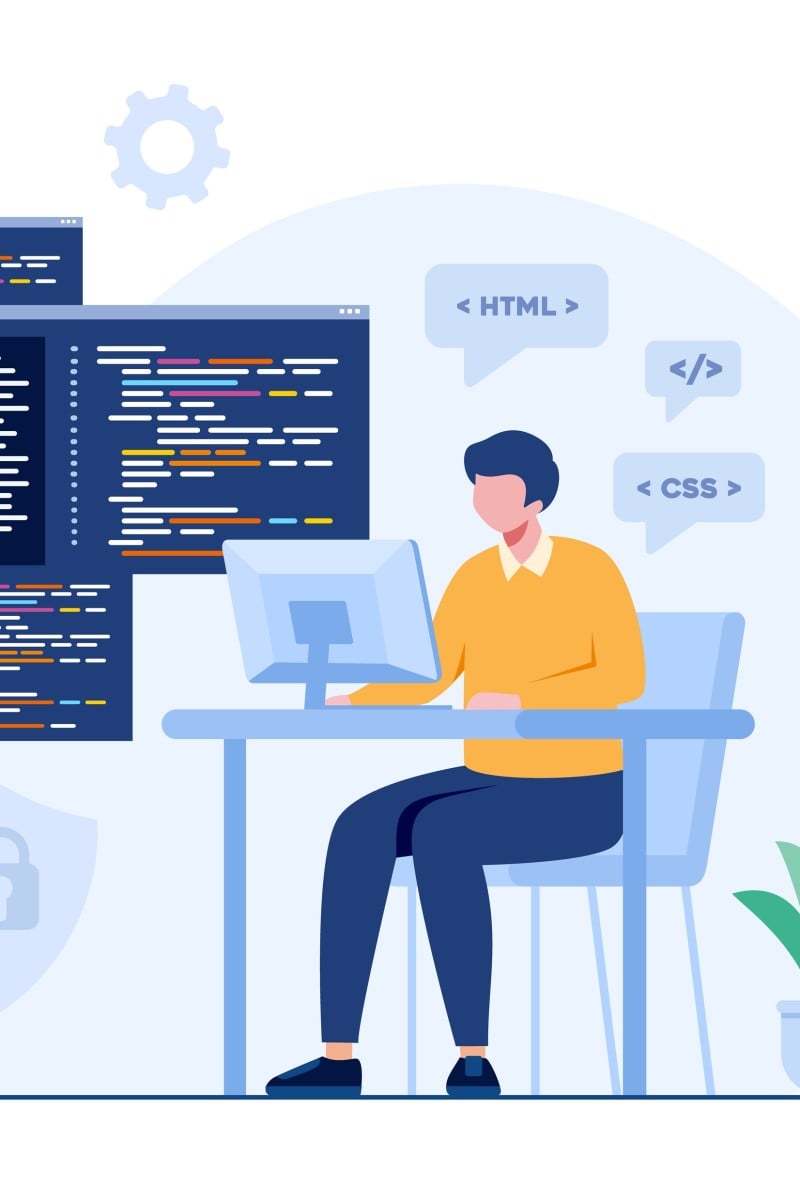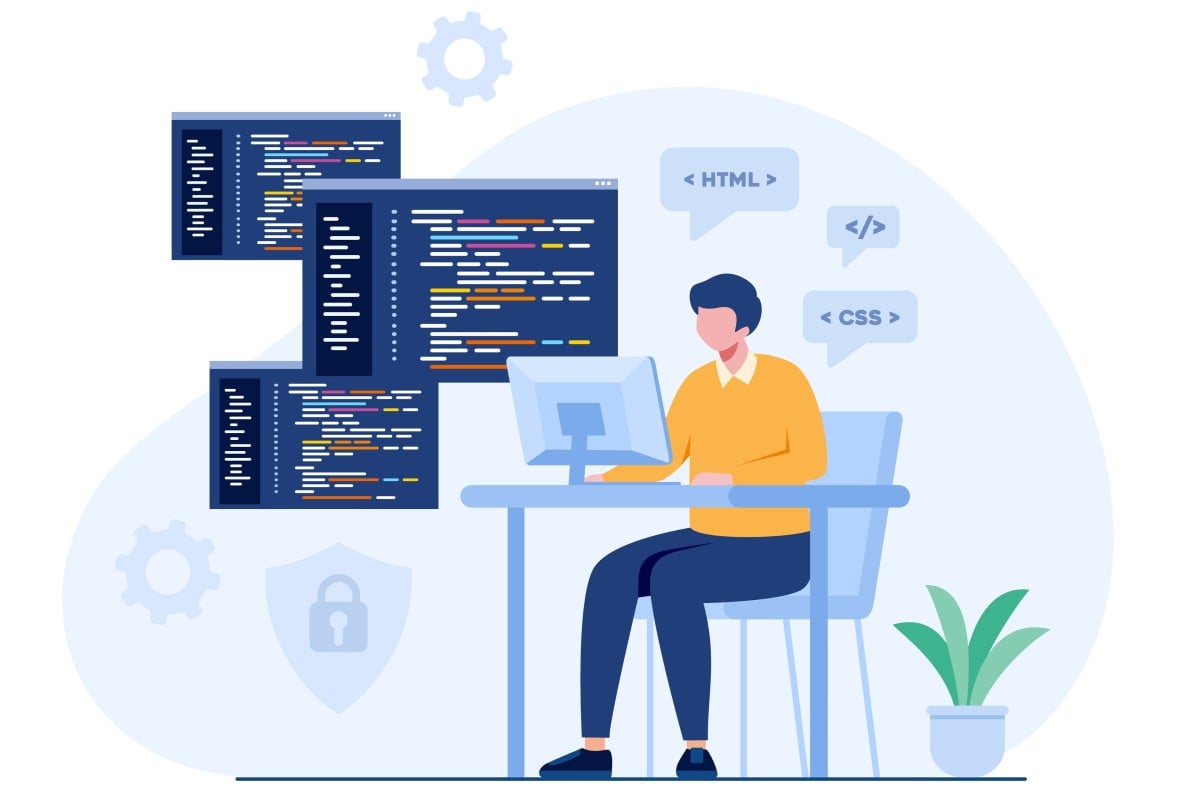
How to build a website with programming languages HTML, CSS and JavaScript
HTML provides the structure, content and layout, CSS adds style and design, and JavaScript adds functionality and interactivity
 Master these three tools and you’ll be on your way to your very own website. Photo: Shutterstock
Master these three tools and you’ll be on your way to your very own website. Photo: ShutterstockCreating a website is a great chance to express yourself and learn valuable skills. Building your website is about creating something that expresses who you are. It’s like a vibrant story that pulls people into a digital adventure.
To get started, visit a page you love. Note its layout, colours and interactive elements such as buttons. You can use this as a guide to get ideas for the structure of your website.
We’ll use three essential tools: HTML, CSS, and JavaScript (see graphic).
Each plays a crucial role in making your site pop. As you build, think about how others will experience your site – this creative approach is called design thinking.
It’s all about putting yourself in your visitors’ shoes to make every moment on your website smooth and engaging. Here is a guide to building your first website.
How computer code like Python, Lua and C-sharp is used to create online and video games
Step 1: Build the foundation with HTML
HTML (Hypertext Markup Language) is your website’s skeleton. A clear structure guides visitors smoothly. Imagine someone landing on your homepage: a jumble of links and paragraphs feels like a messy desk.
Instead, create different sections for your website – for example, “About me”, “Projects” and “Photos”. Use tags like headers to create bold titles for each section. Then, add text to tell your story.
Reflect on your layout – does it feel welcoming? If it’s chaotic, remove something or condense some elements.
Step 2: Add flair with CSS
CSS (Cascading Style Sheets) adds personality, like decorating your room. Choose fonts and colours that reflect your style.
But make sure to find colours that work well together. For example, you might like yellow and red, but using both of them at once might be a bit jarring for visitors. Instead, opt for a soft yellow background with darker text in a neutral colour so your information shines.
Picture a visitor browsing: if your website’s text is too tiny, it’s like squinting at tiny words on a board. Enlarge fonts to make sure everyone can comfortably use your page.
Then, add images and photos to the page. If the photo feels squished, tweak the spacing. View your site on your phone and laptop – does it look clean? Ask someone else to test your page to give it fresh eyes to spot confusion.
Step 3: Spark connection with JavaScript
JavaScript makes your site interactive, like switches that turn on and off the lights or faucets that start and stop the flow of water.
On your website, add buttons that reveal more content when they are clicked. But avoid overwhelming users – a long, text-heavy drop-down of text can feel like a novel.
Instead, you can even design a visual quiz with emojis, short labels and cute images. Test it yourself by clicking through – does it flow well?
Step 4: Experiment and explore
You have built your website – awesome! Now, experiment with other features, like a gallery of photos or a hover effect that makes photos sparkle.
Use free AI tools to create fun graphics, but make sure to credit the AI tool. Reflect on your site’s vibe – does it feel like you? If a section feels flat, add a bold feature.
Building a website is a rewarding project that allows you to celebrate your passions and personality. As you continue to learn HTML, CSS and JavaScript, embrace a growth mindset. With practice and experimentation, you’ll gain confidence and develop your coding skills. This is your creative playground, so play, experiment, and make it yours!
